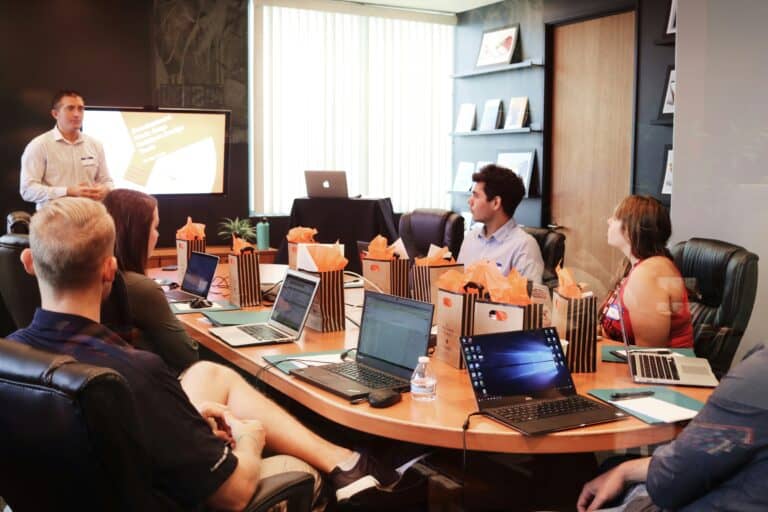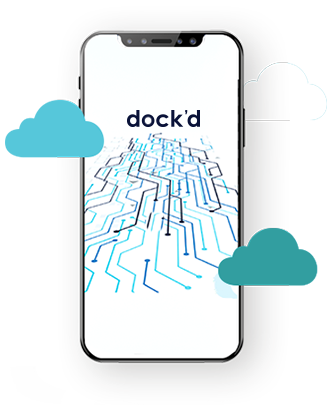The National Disability Insurance Scheme (NDIS) is an essential initiative in Australia designed to provide tailored support to people with disabilities, ensuring they receive the necessary care and services to lead fulfilling lives. One of the fundamental aspects of the NDIS is the concept of support categories. Each category is a cluster of related services meant to cater to specific needs. Understanding these categories is crucial for both participants and providers to ensure appropriate and effective support. This article delves into the different types of NDIS support categories, offering an overview of what each entails.
1. Assistance with Daily Life
This category encompasses the routine activities and tasks that many of us take for granted. Support in this category may include:
- Personal activities like bathing, dressing, and eating.
- Household tasks such as cleaning and yard maintenance.
- Assistance with managing daily responsibilities like paying bills.
2. Transport
Many NDIS participants require aid with transportation, given the potential challenges they face in accessing public transport or driving. This category provides funding to ensure they can travel to work, social activities, appointments, or educational institutions. Modes may include specialised vehicle adjustments or contributions to taxi fares.
3. Consumables
This category refers to the everyday items a participant might need due to their disability. These can be:
- Continence products.
- Low-cost assistive technologies like hearing aid batteries.
- Items for mobility and personal care.
4. Assistance with Social and Community Participation
Social interactions and community involvement are crucial for mental well-being. This category ensures participants can engage in activities that most interest them, whether it be joining clubs, attending events, or partaking in hobbies and classes. It covers the costs associated with hiring support workers for these activities or any equipment required.
5. Assistive Technology
Assistive technology can significantly enhance the lives of those with disabilities. This category covers equipment or systems that aid individuals in carrying out tasks they would otherwise find challenging. Examples include:
- Wheelchairs or mobility scooters.
- Communication devices.
- Home modifications like ramps or railings.
6. Coordination of Supports
Many participants have multiple supports in place, and coordinating them can be challenging. This category provides funding for support coordinators. These professionals ensure all services run smoothly together, offer advice on utilising budgets optimally, and help participants explore and connect with other beneficial supports.
7. Improved Living Arrangements
For some, finding appropriate housing is a significant challenge. This category provides support related to accommodation, ensuring participants have safe and suitable places to live. It can include assistance with rental agreements, seeking out accessible housing, or helping those at risk of homelessness.
8. Increased Social and Community Participation
This category aims to enhance participants’ skills so they can participate more actively in community and social activities. It might cover courses that improve social skills, offer training for a particular hobby, or even provide driving lessons.
9. Finding and Keeping a Job
Employment is not just about financial independence; it’s also a source of purpose and pride. This category offers support for participants striving for employment. It can cover on-the-job training, resume building, interview preparation, and even workplace modifications.
10. Improved Relationships
Navigating relationships can be challenging for anyone, but people with disabilities might face unique challenges. This support category offers therapeutic interventions, behavioural assessments, and more to foster better relationships and manage problematic behaviours.
11. Health and Well-being
This category is centered on the physical health of participants. It might cover personal training, diet advice, or therapeutic services like physiotherapy, which are directly related to a person’s disability and not catered for by other health services.
12. Improved Learning
Primarily aimed at students, this category offers assistance in transitioning from school to further education, like university or TAFE. Support might include on-campus orientation, linking with on-site disability services, or providing assistive technologies for learning.
13. Choice and Control
This category is about ensuring participants are at the helm of their care. It provides funding for plan management, where a professional aids in managing the NDIS funding, taking care of invoicing, payments, and ensuring all regulations are met.
14. Improved Daily Living
This is a broad category that focuses on therapy and training to improve skills and independence in daily activities. It can cover speech therapy, occupational therapy, or skills training for independent living.
Conclusion
The NDIS support categories are comprehensive, ensuring that every potential need of a participant is addressed. By understanding these categories, participants can be empowered to make choices that best serve their needs, and providers can tailor their services more effectively. As with any support system, the key is in knowing what’s available and how to access it, ensuring every individual gets the best possible care tailored to their unique circumstances.






